Text
The Dilemma of Susan Pevensie
If you're a lover of books or Narnia, you know what happens in the end. Susan Pevensie does not go back to Narnia. Why? Well, that's up for debate...
"My sister Susan," answered Peter shortly and gravely, "is no longer a friend of Narnia."
"Yes," said Eustace, "and whenever you've tried to get her to come and talk about Narnia or do anything about Narnia, she says 'What wonderful memories you have! Fancy your still thinking about all those funny games we used to play when we were children.'"
"Oh Susan!" said Jill, "she's interested in nothing now-a-days except nylons and lipstick and invitations. She always was a jolly sight too keen on being grown-up."
"Grown-up, indeed," said the Lady Polly. "I wish she would grow up. She wasted all her school time wanting to be the age she is now, and she'll waste all the rest of her life trying to stay that age. Her whole idea is to race on to the silliest time of one's life as quick as she can and then stop there as long as she can." - (C.S. Lewis, The Last Battle)
Read Neil Gaiman's The Problem of Susan here. It's definitely interesting. The Susan problem is one that has been debated about because it's so vague. Why doesn't she return to Narnia when everyone else has? People usually use Jill's argument of why Susan was excluded from Narnia. But the real reason is what Polly said. It's not what J.K. Rowling said about Susan liking makeup and sex that got her excluded.
"There comes a point where Susan, who was the older girl, is lost to Narnia because she becomes interested in lipstick. She's become irreligious basically because she found sex. I have a big problem with that." - (J.K. Rowling)
The real issue is that Susan chose to forget Narnia. She purposely ignored it. She thought it was childish and stupid. She became vain, uncaring, and selfish. She forgot her values. She was a child trying to be a "grown-up" and wanting to stay youthful and one age forever. She probably partied so much to escape the painful memory of being told that she couldn't go back to Narnia. Deep down she knows Narnia is real but she is actively trying to forget and repress her memories. She thought Narnia was for children and she didn't want to be a child anymore. To be fair, she was a child, grew up and ruled a country, then was stuffed back into a child's body. After that I wouldn't want to be treated like a kid either. But this isn't about readjusting to being a child or adults not taking her seriously, Susan simply wanted to forget Narnia because she thought it was silly and "for children". Lewis said "When I became a man I put away childish things, including the fear of childishness and the desire to be very grown up." This idea that because something is "made for children" or "childish" that it is somehow lesser, is wrong. It is this notion of superiority that goes with being an adult. That being an adult is somehow better than being a child.
Why is being a child bad? Is it the innocence and naivety? If adults are afraid to be like a child, maybe we should look at how we treat children. They are constantly talked down to and nothing is ever explained to a child and they are dismissed without a thought when they suggest something because they don't understand the "real world". Childishness is associated with stupidity, not being able to take responsibility, immaturity, and naivety. When in fact it's the opposite, we all know an adult who acts immature and a child who is very mature. There is no such thing as being childish. If you want to dye your hair and read fairytales and YA when you're 45, go ahead. Lewis is criticizing the idea of being "adult". Why is being an "adult" good and being a "child" bad? What constitutes being an adult? Being dark and cynical and lying? Apparently, Susan knows because that is all she is focused on being. That is the problem. By wanting to be an "adult", Susan is being "childish". She is abandoning her faith and by extension, her family. It wasn't an accident. It was a choice and she has to deal with the consequences. That doesn't mean there can't be redemption.
In his Letters to Children, Lewis said:
"The books don't tell us what happened to Susan. She is left alive in this world at the end, having by then turned into a rather silly, conceited young woman. But there's plenty of time for her to mend and perhaps she will get to Aslan's country in the end... in her own way."
"I could not write that story myself. Not that I have no hope of Susan’s ever getting to Aslan’s country; but because I have a feeling that the story of her journey would be longer and more like a grown-up novel than I wanted to write. But I may be mistaken. Why not try it yourself?" - (1960 letter to Pauline Bannister)
It sounds like he had plans for Susan and never got around to it. He also seems to be encouraging debate or writing your own interpretation of what happens (fan fiction?). Whatever the case, Susan probably has a long and difficult journey but eventually gets back to her family.
You can argue C.S. Lewis was misogynistic, sexist, racist, and yeah it shines through a bit in Narnia where the Calormen people (Indian/Arabesque) are depicted as cruel barbarians. But then there is also Aravis who is a Calormen woman who fights and wields a sword and is the hero (so basically a epic brown princess). For being a misogynist, both Susan (at least in the movies) and Lucy fight in battle alongside their brothers and can hold their own. Lucy, the youngest, a girl, was called the Valiant. It is implied they earned their titles and even if they grew into them, I wonder what exactly you would have to do to be called Valiant. Even the men in Narnia cry and kiss each other's cheeks, which would be considered "gay" or "girly". I would say Lewis is a feminist with chivalric traits. Lewis didn't exclude Susan from the end because she was a woman and interested in having sex and being free, she was excluded because she was afraid of change and didn't trust Aslan anymore. Doubt is one thing. It's okay to doubt but Susan didn't trust and became afraid. As a character, Susan is the "mom" of the group. She is the most practical and sensible and realistic. She sees the world very scientifically and lost her sense of wonder. She fears change and is the least adventurous out of her siblings. She is dismissing anything childish, anything Narnian, as lesser than her. She has become haughty and egotistical which is the problem. Children aren't stupid and "childish" things aren't lesser than "adult" things. Maybe it is a bit harsh to go down to the train tracks and identify your siblings bodies but she didn't want anything to do with them. It sounded as if they had stopped talking. She didn't believe in Narnia anymore because she thought faith and belief was childish. She thought she was better than her siblings. She became vain and self-centered, far from the selfless, gentle woman she really was. As Lewis said, Susan will get back in her own way, once she has learned what she needs.
In a letter, Lewis said: "And why not write stories yourself to fill up the gaps in Narnian history? I’ve left you plenty of hints–especially where Lucy and the Unicorn are talking in The Last Battle. I feel I have done all I can!"
Maybe he was encouraging fan fiction? We'll never know, but the end result is the same; it's all up for interpretation.
See more posts at https://www.shivbooks.com/
21 notes
·
View notes
Photo


elaborate calligraphy by Edward Cocker
Early 18th century edition c1710
3K notes
·
View notes
Photo






20-year-old Japanese shop staff Baki on the street in Harajuku wearing vintage Thai Boxing Shorts from Oh Pearl with a Japanese cranes top from Village Vanguard, a handmade bag (made from an old kimono obi), Spinns accessories, and dragon art platform shoes by WC Harajuku. Full Look
1K notes
·
View notes
Photo








The Story of Miss Moppet Beatrix Potter London Frederick Warne and Co Ltd. - no date c1922* measures 110mm x 125mm
*First published in 1906 in a wallet-style panorama format - the first book form edition was printed in 1916 - this is an early printing c1922, dated from the titles present on the endpapers & titles on the dustjacket. The ‘latest’ title stated as being Cicely Parsley’s Nursery Rhymes [Published 1922]
Remarkably uncommon with the dustjacket after 96 years
[Sold]
952 notes
·
View notes
Photo


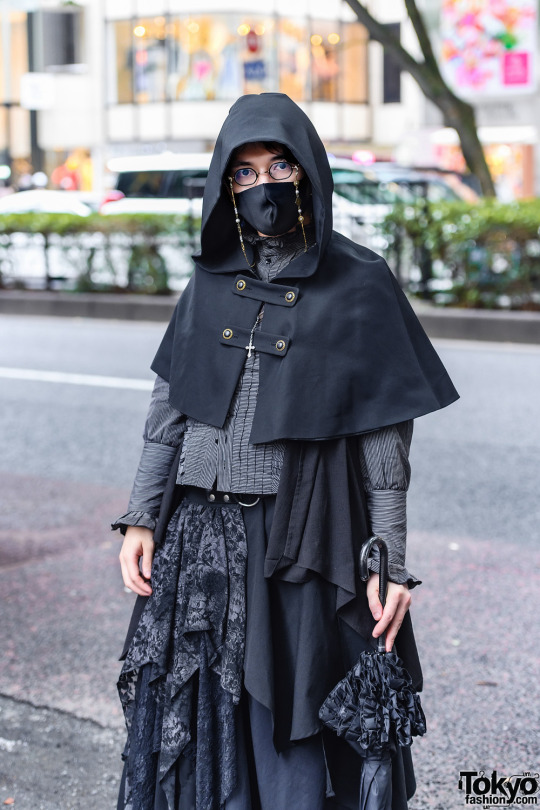

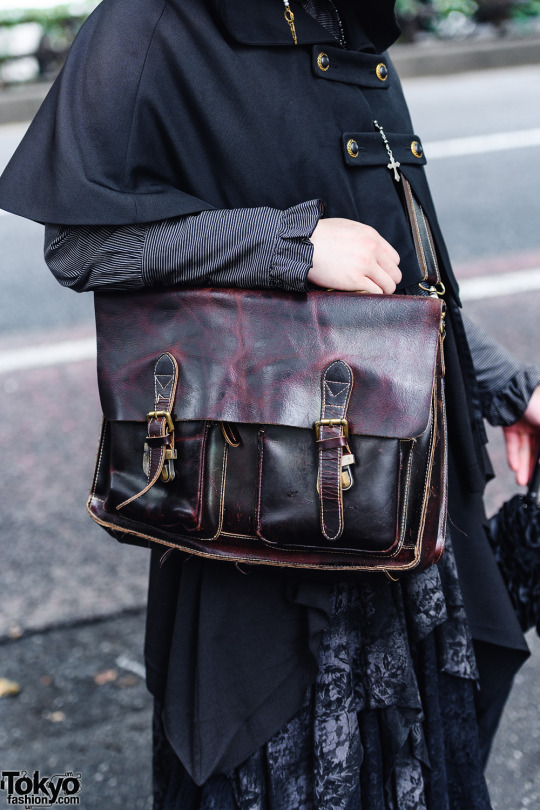

Japanese artist Seryu on the street in Harajuku. His gothic look includes a hooded cape by Atelier Boz, layered skirts by Atelier Boz and Moi-Meme-Moitie, a parasol, face mask, and leather bag. Full Look
32K notes
·
View notes
Photo

19th century books with gauffered edges ..
The edges of a book, having been gilded, have been decorated further by means of heated finishing tools or rolls which indent small repeating patterns
3K notes
·
View notes
Photo



Given what’s going on in the world right now, a lot of parents and caretakers want to start taking to kids about race and racism. And some admit: They don’t know how.
Authors Ibram X. Kendi and Renée Watson tell NPR’s Noel King that books can be a good place to start.
“What I find with my four-year-old daughter is when I’m reading her books, she asks questions about those books. And so use tools like books,” says Kendi. “And then the child will potentially guide the conversation. I also think you can turn on the demonstrations on TV, or go to the demonstrations. And I suspect even the three-year-olds will ask what is going on? Again, it gives you the opportunity to talk about race and racism.”
Watson adds, “I think it’s important to bring in books that allow readers to see black people living their everyday lives. We don’t want to teach children that black pain and struggle is the only part of black life. But I also think it’s important to just let young people see that black people live lives, and they do their hair and they play outside and they have fun.“
Check out the full conversation here.
– Petra
185 notes
·
View notes
Photo

leather bound books titled and highlighted with gilt tooling
19th century
1K notes
·
View notes
Text
Writers Block
The bane of every author on the planet.
Every writer procrastinates writing at some point and then when you get into a momentum, you run into a wall. Getting through writers block is kind of like constipation, it's a hard push but you need to do it.
Problem: Lack of Ideas
Solutions: Listen to instrumental, cinematic, or music in a different language. Pintrest has a lot of stuff. Look at fashion, writing prompts, house interiors, wacky furniture. Read magazines, fanfiction, and textbooks. Read books. Read genres you don't normally read. Watch tv shows and movies. Read blog posts. Mythology has some pretty crazy things. Read mythology from different parts of the world. Listen to talks on the radio. Ask someone to tell you a story. Talk to people. Make some new friends. Ideas come when we least expect them. Go outside. Exercise. Go shopping. Where there is life, there are ideas.
Problem: Not sure what happens next
Solution: Talk to yourself. Honestly, this works. Tell yourself what is happening in the story and why. What is the plot? Why is this scene important and does it drive the plot forward? How does the scene drive the plot forward? If it doesn't drive the plot then does the character learn something new? Does the character grow? How do your characters behave and why do they behave that way? Treat your characters like they are real people. They are in real situations. They have motivations that drive them. If they don't have a motivation, create one. They suddenly lose their home or a family member. Give them a stake in the story. Sometimes if it's a plot problem, you might need to scrap a previous chapter and start over. Like life, your current problem was probably created by a mistake in the past. Critically, look over what you've previously written and think about if that gives you the foundation to get to where you want to go. There are tons of different paths a story can take. Maybe the path you are currently on isn't the right one.
Problem: Staying true to the original idea
Solution: Ideas evolve. If you really want a certain scene in the book, write it down in a separate doc and save it for later. Instead of trying to force a scene in chapter 4, maybe the scene will fit better in chapter 15. Sometimes the solution is to just get rid of the scene or chapter all together. As you write, the story will take on a life of it's own. It will become the world that you have built. Like a parent that raises a kid, eventually the kid will be its own person. There will be something you really want to write and it just won't work for this book/short story/post/whatever. Save the idea for something else. Your ideas can and will change and that's good. So, let it be.
Problem: You just can't write
Solution: Write. Write the first thing that comes into your head. Get it on the page. Don't care if it's utter nonsense. You can always go back and fix it. Or take a break for a few days and think about something that's not writing for a bit. Then come back to the story with a fresh perspective. Or try Concept Mapping which is picking a word or idea and then connecting it to anything even remotely related.
Problem: You aren't focused
Solution: Turn off the phone. Hide it. Unplug the internet. Shut off the WiFi. Open up a word doc and type. Get a paper and pencil and write. Blocking out distractions is easier said than done. If you write with music, put on a playlist and get to work. Go to a cafe and write. Lock yourself in the basement. Maybe you aren't asking the right questions. Why are you writing a story? What is the plot? Who are the characters and are they doing certain things? Why do you like to write? Is this for someone? Is it for yourself? Does the story have a meaning? Is it just to write an enjoyable story? It doesn't matter what the answer is. If you want to be a writer, you need to write.
Problem: It's not perfect/too much pressure to do this right
Solution: This is a draft. You'll make mistakes and that is okay. When in doubt, just write it down and then come back to it later. Stop being a perfectionist. Nothing in life is perfect. Your story needs to be written down and only you can do it. Write it down and then you can change stuff later.
Problem: Story isn't interesting anymore/you want to quit
Solution: Remember why you started the story in the first place. Humans like new things. New ideas will always be more enticing than the current idea. Stick with your story. Slog through it. If you don't finish it, then it won't ever get done. You started writing for a reason. Your story can only be told by you. If it's not interesting, then ask why is not interesting? Is there not enough action? Are the characters boring? Is the plot not heavy enough? Is the plot too thin? Does the plot make sense? Check past scenes you've written and analyze why they are exciting. What does the reader learn in this scene? How do the characters grow and change? Spice it up. Add a twist. But most importantly: Don't quit. I don't care if you're bored or you think that this will never work. You won't know unless you try. Don't give up.
Best advice in general: Take a break. Go live life. Go walk your dog, exercise, do yoga, travel, talk with strangers, climb a tree. Rest for a few days and come back to your work. You can always have a friend read it and give suggestions. Forget that it's your writing and pretend someone else wrote it and read it. Read it pretending to be someone else. You are your own worst critic so lay off on the negative self-talk. Don't think. Don't worry. Just write. It'll all turn out fine.
#writersblock#writers on tumblr#writersproblems#authorproblems#writer#readers#blogpost#solutions#problems#creativity
1 note
·
View note
Photo



I’ve put a few new drawings up for sale at my website: https://tomgauld.com/art-for-sale
3K notes
·
View notes
Quote
What an astonishing thing a book is. It’s a flat object made from a tree with flexible parts on which are imprinted lots of funny dark squiggles. But one glance at it and you’re inside the mind of another person, maybe somebody dead for thousands of years. Across the millennia, an author is speaking clearly and silently inside your head, directly to you. Writing is perhaps the greatest of human inventions, binding together people who never knew each other, citizens of distant epochs. Books break the shackles of time. A book is proof that humans are capable of working magic.
Carl Sagan (via bookmania)
3K notes
·
View notes
Photo

Little Women, Louisa May Alcott
Early 20th century printing c1900-1910
1K notes
·
View notes
Photo
My heart goes out to all those affected by injustice.




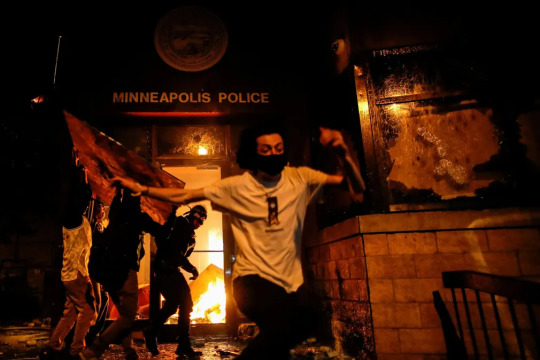


Minneapolis
56K notes
·
View notes
Photo

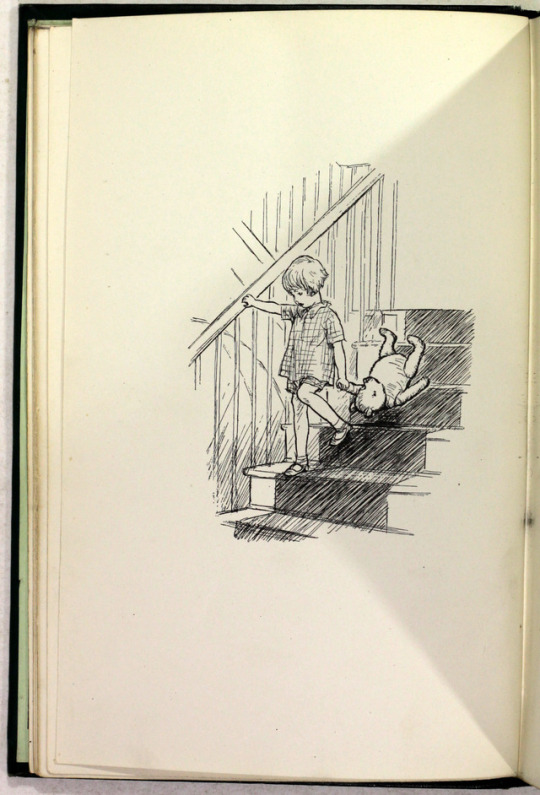
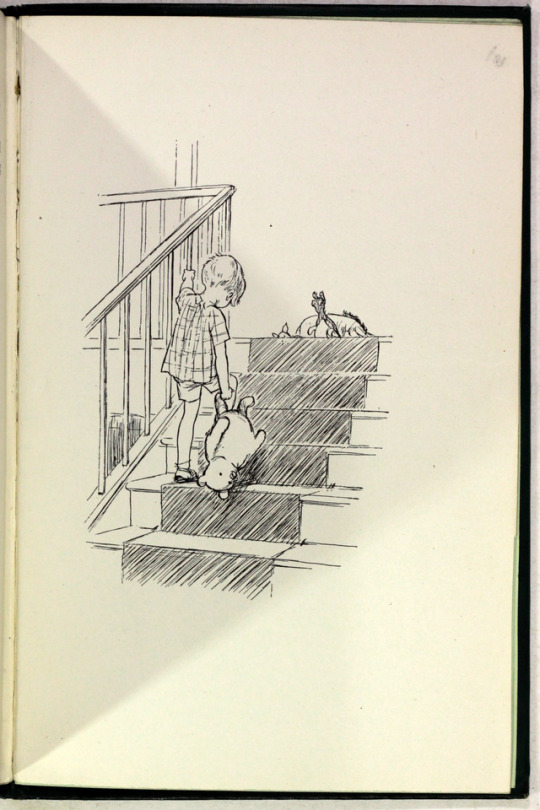
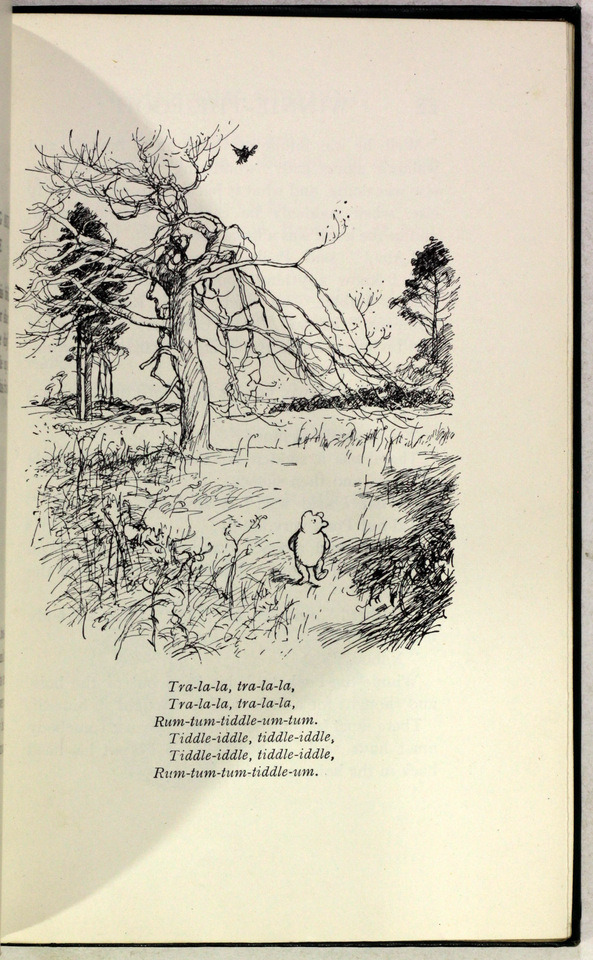


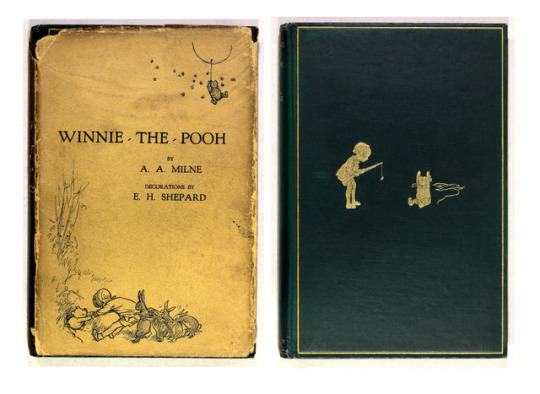
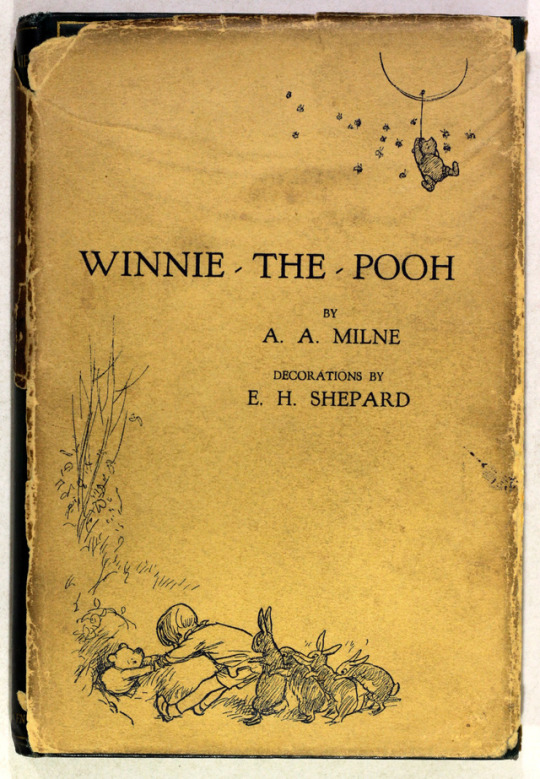

Winnie The Pooh by A A Milne Decorations by Ernest H Shepard London Methuen & Co Ltd. First Published Oct 14th 1926, Second Edition 1926
7K notes
·
View notes
Photo







Poetical Work of Sir Walter Scott
19th century contemporary full morocco leather gilt binding with gauffered gilt page edges
2K notes
·
View notes
Photo



Britain in Pictures series
The books were designed to boost morale but perhaps also record the British way of life in case the Germans completed their European campaign by successfully crossing the English Channel. The books were slim volumes with distinctive elegant covers, but it was the star-studded array of authors that made the series really special.
George Orwell wrote about the British people, Cecil Beaton wrote about English photography, the great poet and printer Francis Meynell wrote about English books, John Betjeman (who penned the immortal line” Come, friendly bombs, and fall on Slough” in 1937) wrote about cities and towns, Graham Greene wrote about dramatists, the doyen of sports journalists Neville Cardus wrote about cricket and Edith Sitwell wrote about women. Some of the authors have faded in obscurity but they were all experts in their field during those dark days of World War II.
A wide variety of subjects were covered from battlefields to boxing, clocks to mountaineering, butterflies to farm animals, and from waterways and canals to maps and map-makers. In all, there were were 132 titles. The books also covered the Commonwealth – John Buchan’s wife, Lady Tweedsmuir wrote about Canada while Ngaio Marsh and R M Burdon wrote about New Zealand.
3K notes
·
View notes
